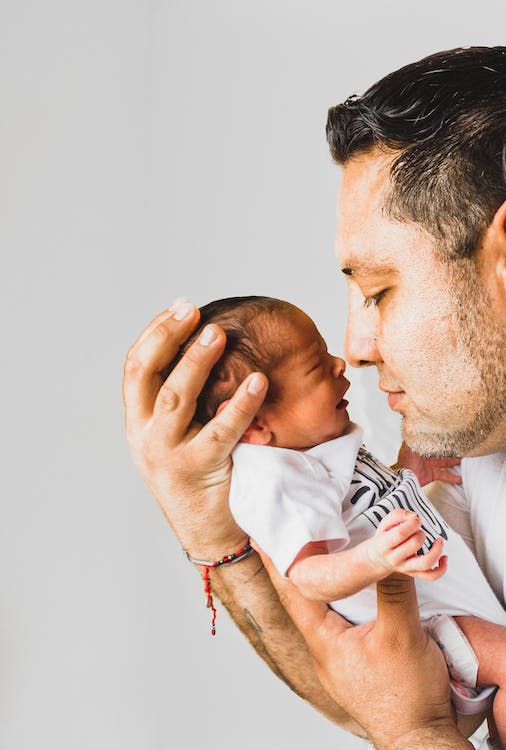
How to Give Vitamin K to Your Baby
How to Give Vitamin K to Your Baby
Summary
Vitamin K for babies and clotting factors
Dosage and duration of vitamin K to give to the baby
How to give vitamin K to your baby
Vitamin K for babies: intramuscular injection
It is advisable to give all breastfed babies a vitamin K supplement because this vitamin, which is necessary for blood clotting and prevents cerebral hemorrhage, is not present in breast milk. It is systematically given to the newborn at the maternity hospital.
Vitamin K for babies and coagulation factors
This vitamin K does not cross the placenta very much, even if the mother’s serum level of vitamin K is high. The newborn is not born with a high vitamin K reserve.
At birth, the serum level of vitamin K is low in all children (30 to 60% of the adult level). Then it increases rapidly during the first few weeks of life. Most healthy, full-term breastfed babies have a serum level close to that of an adult at six weeks of life. Formula-fed babies often have a level 10 times higher than adults after a few days of life (industrial milk contains vitamin K).
Bacteria make vitamin K in the colon, but not enough in breastfed infants.
Good to know: giving vitamin K to the newborn after delivery causes a rapid increase in vitamin K levels and vitamin K-related clotting factors.
Neonatal hemorrhage due to vitamin K deficiency
Neonatal bleeding is caused by insufficient clotting factors (proteins in the blood that stop bleeding).
Sometimes, some infants have a deficiency because of inadequate intake or a liver disorder.
Good to know: Hemolytic disease of the newborn (HDN) is often accompanied by gastrointestinal hematoma, bruising, and, in many cases, intracranial hemorrhage.
Dosage and duration of vitamin K for the baby
Your pediatrician will prescribe the exact dosage of vitamin K.
For exclusive breastfeeding
A dose is given at birth, between the fourth and seventh day of life, then at one month.
For bottle feeding
A dose is given at birth, between the fourth and seventh days of life.
Good to know: the WHO recommends exclusive breastfeeding until your baby is six months old.
How to give your baby Vitamin K

Here’s how to do it:
Tap the bulb lightly with your fingers to get the liquid down.
Break the ampoule with a pad around it.
Fill the pipette.
Put your child in a semi-sitting position with his or her head bent forward.
Gently place the syringe under his or her tongue.
Gently push down on the plunger.
Let your baby swallow in tiny sips or suck on the pipette.
Clean the syringe with water.
Stop when your baby drinks 200ml of infant milk per day.
Good to know: Ensure you have a balanced and healthy diet during breastfeeding.
Vitamin K for babies: intramuscular injection
For a long time, vitamin K was given to the newborn by intramuscular injection as soon as he or she was born, rapidly increasing the level of vitamin K and vitamin K-dependent coagulation factors. The injection initially resulted in a very high serum level, followed by a slow decline lasting for months.
Oral prophylaxis offers advantages
Unlike the intramuscular injection:
it is not painful;
it does not cause a risk of hematoma or nerve damage;
it does not entail any risk of infection or osteomyelitis;
It prevents common hemorrhages very well but a little less for the later ones.
Undesirable effects
An allergic reaction is possible when taking vitamin K due to soy lecithin.
Hope this post will be helpful for you. Remember to jot down a few words in the comments below.
You May Also Like

Answers to the Most Common Questions on Diet When Breastfeeding
2022-08-12
Tips for Veggie Gardening With Kids
2022-06-23

